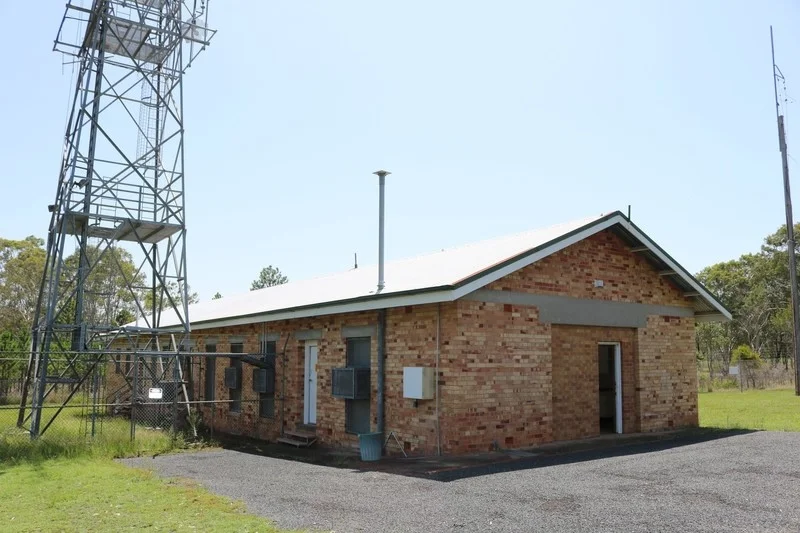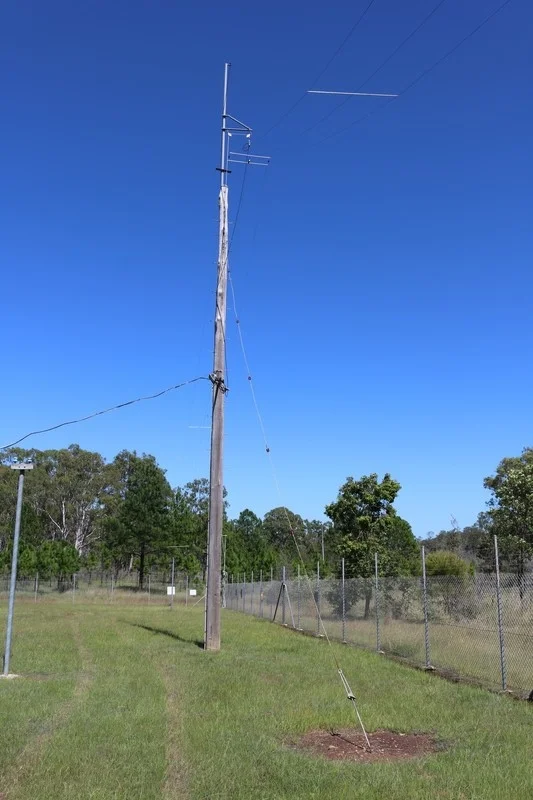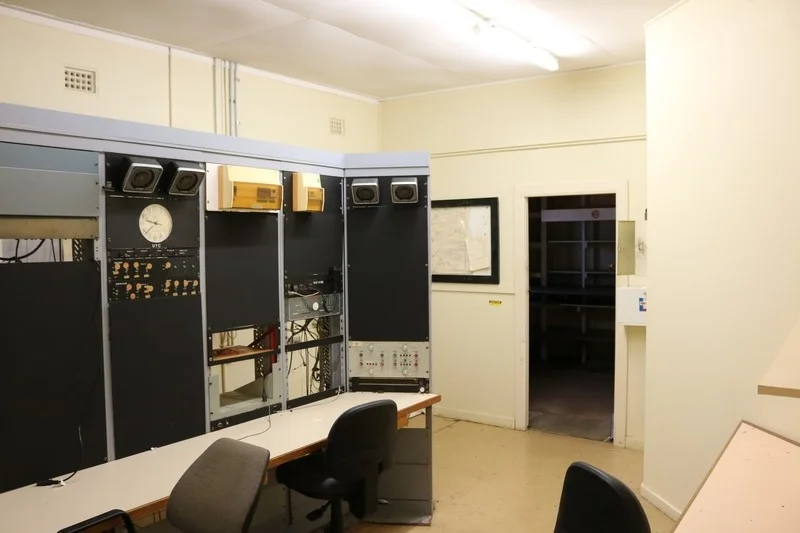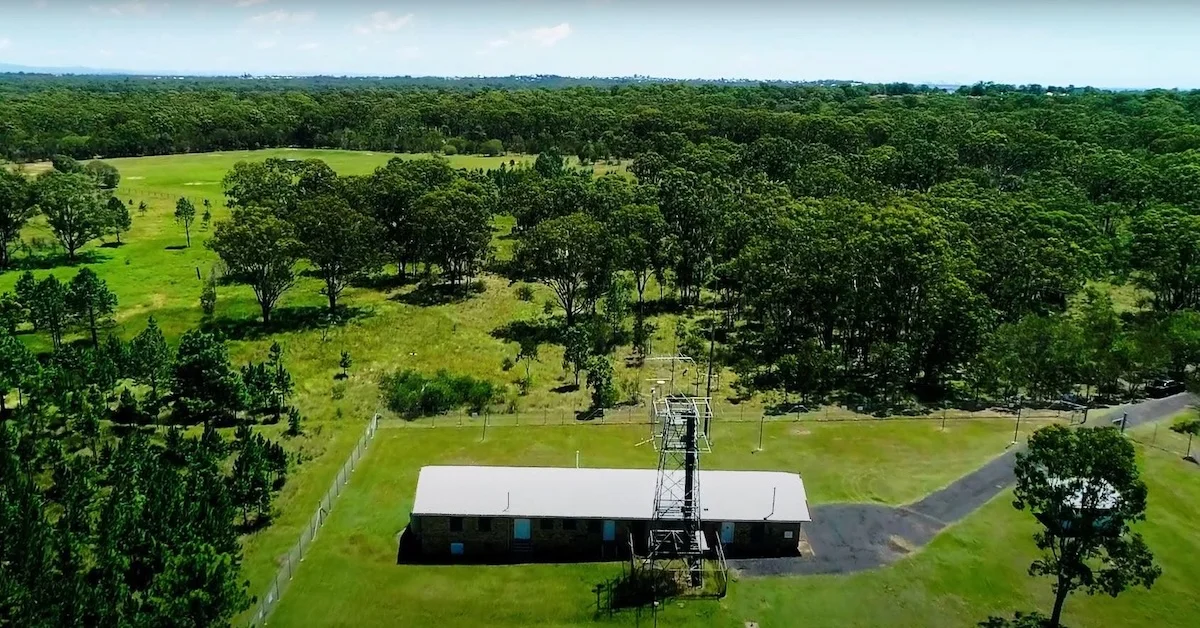Tucked into the leafy suburb of Capalaba, a low-rise brick building once buzzed with wartime secrets that linked Queensland to the front lines of the Pacific. Few residents knew it then, but the US Army Radio Receiving Station in Capalaba was critical in one of history’s largest communication networks during World War II.
A Global Message Hub in Local Bushland
Built between 1942 and 1943, the Capalaba station was designed as a secure node in the U.S. Army’s Army Command and Administrative Network. Known as ACAN, this network helped commanders pass urgent messages across continents—some travelling thousands of kilometres between General Douglas MacArthur’s Brisbane headquarters and Washington, D.C. It was wartime communication at its most advanced, hidden behind bushland in Redland City.

Secret Signals, Long Reach
The station wasn’t flashy, but with rhombic aerials stretching across open fields, the receiving station could capture long-range signals from Allied command posts. These massive wire antennae, barely visible to the untrained eye, were crucial in the high-frequency operations needed for global war planning.
Locals at the time may have seen the antennas or buildings without realising their purpose. Security around the facility meant the work inside remained confidential. Only military personnel and authorised operators knew that messages intercepted in Capalaba could influence battlefield decisions across the Pacific.

A Site Chosen for Silence
Capalaba’s quiet, undeveloped landscape was perfect for radio work. Surrounded by minimal electrical noise, the station could clearly receive transmissions that more urban areas might disrupt. The area’s remoteness helped shield operations from prying eyes and potential enemy detection.
At the height of the war, the radio site wasn’t operating alone. It was part of a larger effort to create secure communication routes throughout Australia, often involving satellite stations and underground cables. Yet few matched Capalaba’s role as a direct international link.

From Military Asset to Civil Use
Once the war ended, the site shifted from military to civilian hands. By the late 1940s, the Postmaster-General’s Department took over. Later, it came under the management of the Australian Communications and Media Authority. Although its strategic use had ended, the site supported Australia’s growing communication infrastructure until it finally closed in 2017.
Protecting the Past
In 2020, the property was officially added to the Queensland Heritage Register. This recognition came after growing public interest in preserving what remained of the wartime facility. The main receiving building, generator shed and parts of the original aerial layout were still intact. These elements helped researchers and heritage authorities confirm the site’s significance.
The heritage listing does not mean the site is frozen in time. Instead, it opens possibilities for educational use, historical tours and community input into how the land is preserved and interpreted for future generations.
Capalaba’s Piece of the Puzzle
For Capalaba residents, knowing this station once linked their suburb to decisions that shaped world history gives a new layer of meaning to a familiar stretch of Old Cleveland Road East. While quiet today, the station’s past reveals how local land can carry global weight.
As efforts to honour the site continue, locals have a chance to help shape its future use—whether as a learning centre, preserved green space or heritage display. In remembering what once happened there, Capalaba gains not just historical recognition, but a place to reflect on community identity during and after times of global challenge.
In 2019, Redland City Council acquired the property, and by November 2023, restoration efforts commenced to repurpose the former World War II radio receiving station. The plan involves transforming the site into a temporary office for council staff and a central meeting point for visitors to the Birkdale Community Precinct.
Published 21-May-2025
Featured Image Photo Credit: Queensland Heritage Register





